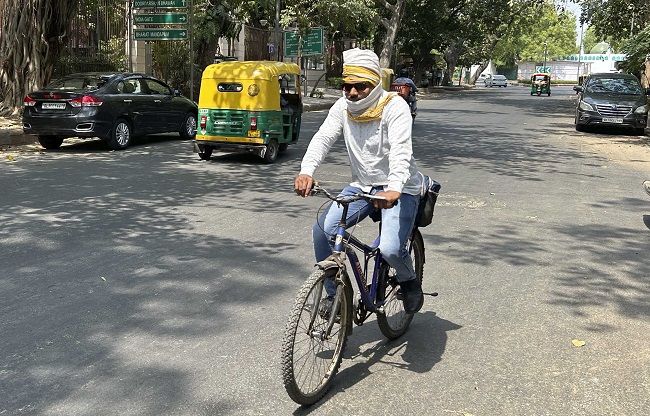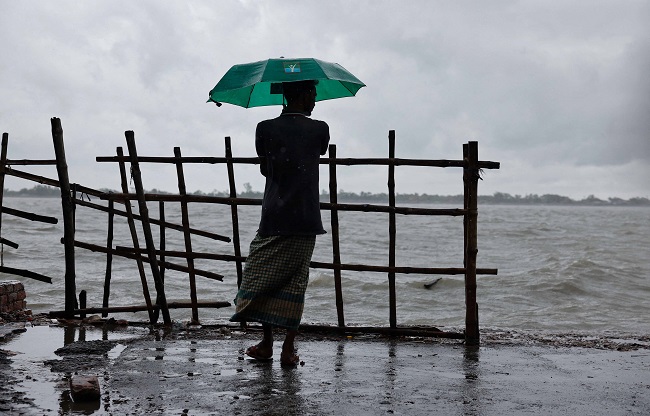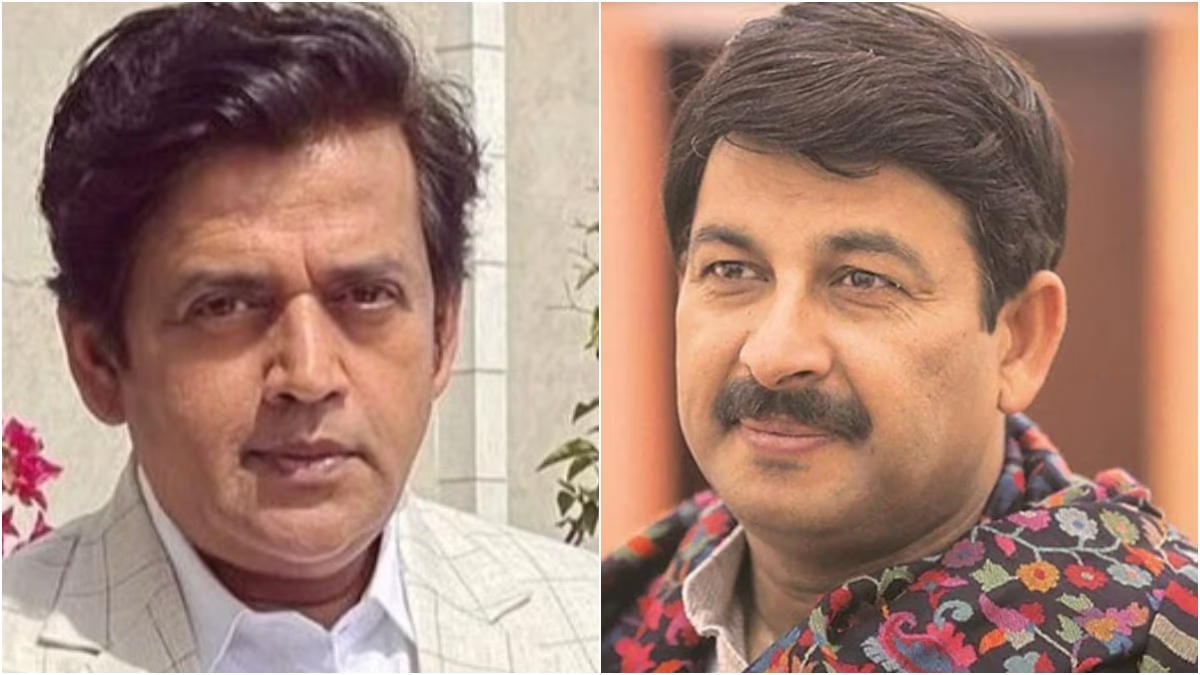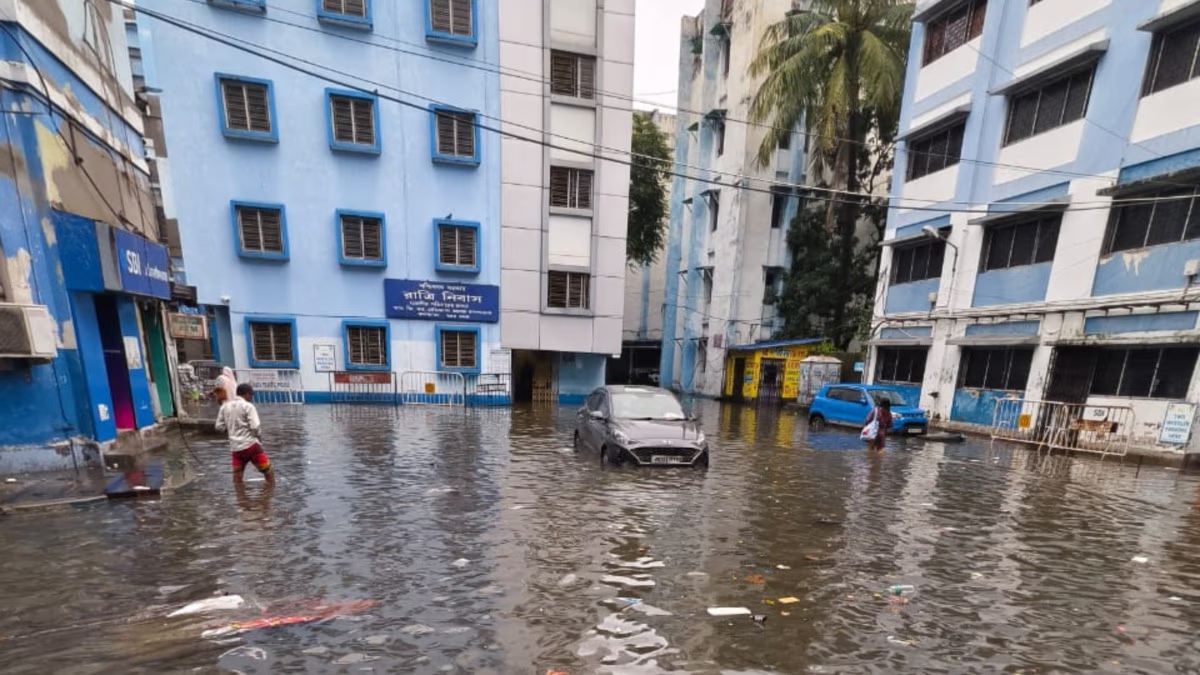Following a brief respite, a relentless stretch of extreme heat resumes in Northwest and Eastern India. Meteorological departments are cautioning people against the impeding heatwave. Meanwhile, schools remain shut across most states. It begs the question: despite its perilous nature, why is the heatwave not considered a disaster? Discover the potential transformation if heatwaves were included under the Disaster Management Act.
In 1999, a super cyclone devastated Orissa. With winds roaring at nearly 250 kilometers per hour upon impact, it claimed 10,000 lives and rendered millions homeless. It was then that conversations about the Disaster Management Act began. Following the tragic 2004 tsunami, the Act was enacted. It encompasses both natural and man-induced disasters that lead to loss of life, environmental damage, or substantial property harm.
Events categorized under this act
Any disaster, natural or man-made, that endangers lives, causes massive property damage, or inflicts serious environmental harm falls under the Act. Furthermore, the disaster must overwhelm the capacity of the affected population.

Source: aajtak
How disaster funds are allocated
Upon the occurrence of such events, the Disaster Management Act is triggered. Subsequently, the affected states can access funds from two sources: the National Disaster Response Fund (NDRF) at the national level and the State Disaster Response Fund (SDRF) at the state level. States are advised to first utilize the State Disaster Response Fund. Should the situation worsen or additional funds be necessary, they may seek assistance from the NDRF.
Discussing the fiscal year 2023-24, data from the Ministry of Home Affairs reveals that only Himachal Pradesh and Sikkim utilized the national fund, while most states barely tapped into their allocated funds. The NDRF is wholly funded by the central government, whereas states receive 75% of their disaster response fund from the center, with the remaining 25% coming from their own coffers. These funds, under the Act, cannot be expended on incidents not listed as disasters.
Current disasters under this category
Currently, there are 12 categories recognized under the Act, including cyclones, droughts, earthquakes, fires, floods, tsunamis, hailstorms, landslides, avalanches, cloud bursts, pest attacks, cold waves, and unseasonal frosts.

Source: aajtak
Why is heatwave not included
Annual heatwaves in the country lead to numerous deaths and ailments, yet when the Disaster Management Act was formulated in 2005, heatwaves were not regarded as such. Considering that hot winds are a common occurrence in summers, they weren't classified as a disaster. In the past 15 years, heatwaves have become increasingly dangerous, claiming more lives each year.
The necessity for funds
Currently, 23 states are considered vulnerable to heatwaves. They have heat action plans in place to protect citizens, which include providing shade, water availability at public places, oral rehydration solutions, and flexible working hours for schools, colleges, and offices. This initiative requires funding, which states possess. However, since heatwaves are not included in the SDRF, these funds remain unutilized.

Source: aajtak
States can extract some funds as 'local disaster'
States continue to petition the State Financial Commission to recognize heatwaves as disasters to enable fund utilization. However, the Commission insists that the existing list sufficiently meets the needs of the states, negating the need to add heatwaves. However, it's also acknowledged that up to 10% of the fund can be used for 'local disasters', such as lightning strikes or heatwaves. Following this new provision, Kerala, Orissa, Haryana, and Uttar Pradesh have classified heatwaves as a local disaster.
Why the center doesn't enact DM Act for heatwaves
The center's reluctance to classify heatwaves as a disaster may stem from several reasons. For instance, every death attributed to a notified disaster mandates a compensation of 4 lakh rupees to the victim's family, a financial strain on the budget. Heatwave-related deaths are increasing annually, which could become a heavy fiscal burden. Furthermore, heatwaves tend to result in fewer direct fatalities compared to other disasters where causality is clearer, such as storms or extreme cold.




